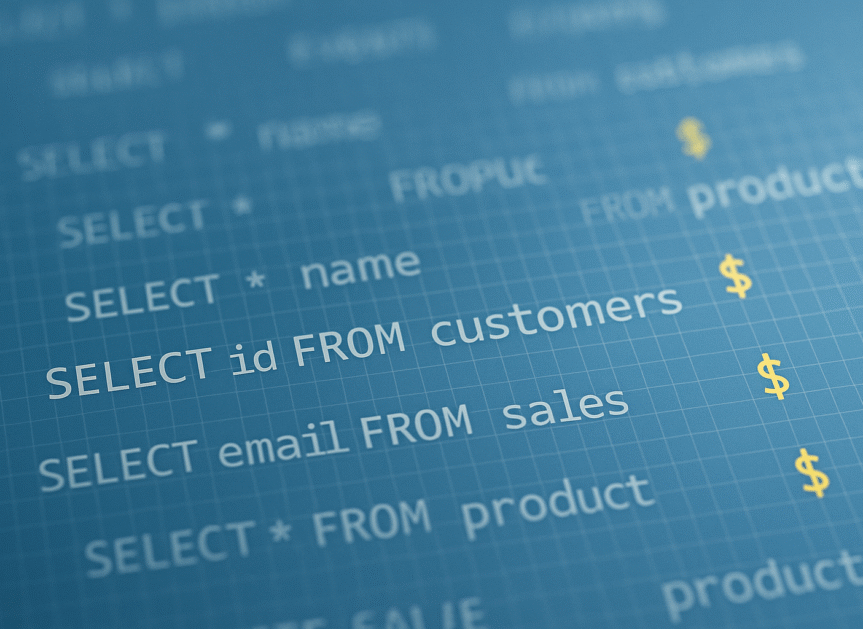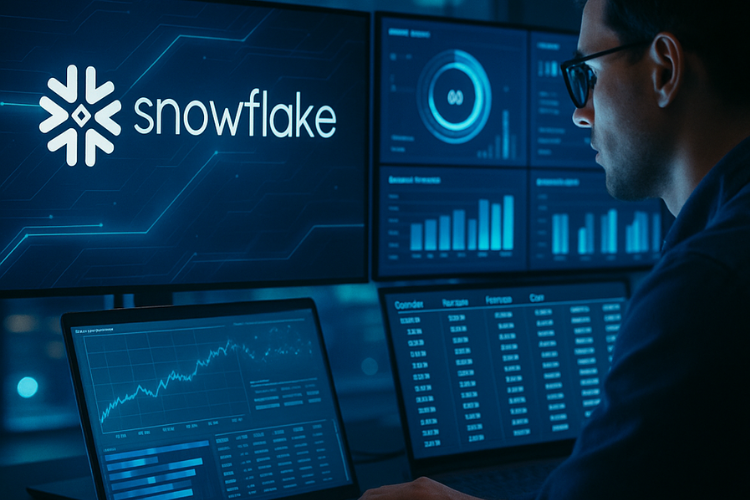Descriptive Analytics
What is Descriptive Analytics?
Descriptive Analytics is the process of analyzing historical data to identify patterns, trends, and insights about past events. It focuses on summarizing raw data through aggregations, visualizations, and reports to provide a clear understanding of past performance. As the foundational step in data analysis, descriptive analytics helps organizations interpret their historical data before moving on to predictive and prescriptive analytics. By transforming raw data into meaningful insights, businesses can better understand performance metrics and operational trends, allowing for informed decision-making.
Descriptive analytics enables businesses to categorize, classify, and analyze large volumes of historical data efficiently. It often utilizes business intelligence tools, statistical techniques, and automated reporting to extract relevant insights. By leveraging descriptive analytics, companies can gain deeper visibility into customer behavior, financial performance, and operational efficiency, making it a crucial aspect of modern data-driven strategies.
Common use cases of descriptive analytics include financial reporting, sales performance analysis, customer behavior tracking, operational efficiency assessments, and supply chain optimization. Organizations leverage this approach to monitor key performance indicators (KPIs), detect anomalies, and understand long-term trends, making it an essential tool for data-driven decision-making. Additionally, it plays a key role in risk assessment, helping businesses identify potential challenges before they escalate.
Core Components of Descriptive Analytics
Descriptive analytics involves several key components that work together to extract meaningful insights from raw data:
- Data Collection: This involves gathering historical data from various sources, such as relational databases, enterprise resource planning (ERP) systems, cloud storage solutions, and third-party data providers. The collected data may come from structured sources like SQL databases or unstructured sources like log files and customer feedback forms.
- Data Cleaning and Preparation: Ensuring data accuracy and consistency is crucial before analysis begins. This step includes handling missing values, identifying and removing duplicate records, standardizing data formats, and resolving inconsistencies. Advanced techniques like outlier detection and imputation may also be used to improve data quality.
- Data Aggregation: Once cleaned, data is aggregated to create meaningful summaries. Aggregation techniques include computing statistical measures such as mean, median, mode, standard deviation, and percentiles. Businesses often segment data by categories (e.g., region, product, or customer group) to extract relevant insights.
- Data Visualization: Making data easily interpretable is a crucial step in descriptive analytics. Charts, graphs, histograms, heatmaps, and interactive dashboards help stakeholders quickly identify trends and patterns. Tools like Tableau, Power BI, and Python libraries such as Matplotlib and Seaborn are commonly used for visualization.
- Reporting: Reports present key business metrics in an easily digestible format. Static reports provide periodic snapshots of performance, while interactive reports allow users to drill down into specific data points. Automated reporting tools enable businesses to schedule reports and distribute insights across teams efficiently.
- Trend and Pattern Identification: Businesses analyze historical data to uncover seasonal trends, customer behavior shifts, and performance fluctuations over time. Techniques like moving averages, correlation analysis, and anomaly detection help identify significant patterns that can inform decision-making.
Key Techniques Used in Descriptive Analytics
Understanding how data is processed and interpreted is essential for businesses leveraging descriptive analytics. The following techniques help extract valuable insights from raw data:
- Data Aggregation: Summarizing large datasets into meaningful metrics such as totals, averages, and percentages. Additionally, businesses often group data by time period, geography, or product category to understand trends within specific segments.
- Data Mining: Identifying hidden patterns and relationships within historical data using advanced algorithms, such as clustering and association rule mining. This helps businesses uncover insights that may not be immediately visible in raw data.
- Data Visualization: Presenting insights through charts, graphs, dashboards, and geospatial mapping to enhance comprehension. Effective visualization helps stakeholders quickly grasp trends, anomalies, and correlations within datasets.
- Reporting: Creating static or dynamic reports that provide regular insights into KPIs and business performance. Reports can be customized for different audiences, such as executives, marketing teams, or operations managers, ensuring relevant insights are delivered.
- Trend Analysis: Tracking changes over time, such as monthly sales growth or fluctuations in operational costs. This technique also includes time series forecasting, seasonality detection, and year-over-year comparisons to help businesses anticipate future trends.
- Statistical Summarization: Using descriptive statistics, such as mean, variance, and standard deviation, to summarize dataset distributions and provide a high-level overview of data characteristics.
- Segmentation Analysis: Dividing datasets into distinct groups based on customer demographics, purchasing behavior, or geographical location. This technique enables targeted marketing campaigns and personalized customer experiences.
- Anomaly Detection: Identifying outliers and irregular patterns in historical data that may indicate fraud, system malfunctions, or operational inefficiencies.
How Descriptive Analytics Works
Descriptive analytics follows a systematic approach to transforming raw data into insights:
- Data Extraction: Data is gathered from structured sources like SQL databases and data warehouses, as well as unstructured sources such as log files, emails, and social media feeds. This ensures a comprehensive dataset that can provide deeper insights.
- Data Processing: The collected data is cleaned, transformed, and standardized to remove inconsistencies, handle missing values, and improve quality. This step may also involve deduplication, normalization, and conversion to a common format.
- Data Analysis: Statistical methods and algorithms are applied to identify patterns, trends, correlations, and anomalies in the dataset. Techniques such as regression analysis, clustering, and hypothesis testing help extract valuable business insights.
- Visualization and Reporting: Data is transformed into charts, graphs, heatmaps, and interactive dashboards, making complex information easier to interpret. Effective visualization enables stakeholders to identify key trends at a glance.
- Business Interpretation: Decision-makers leverage analytical reports and insights to refine business strategies, enhance operational efficiency, and drive informed decision-making. These insights can influence marketing, finance, supply chain management, and overall business growth.
For example, an e-commerce company might use descriptive analytics to analyze monthly sales trends, identifying peak shopping periods and customer purchasing behavior. Similarly, a financial institution can track transaction patterns to detect unusual activity, improving fraud prevention efforts.
Benefits of Descriptive Analytics for Businesses
Descriptive analytics provides businesses with multiple advantages that enhance decision-making and operational efficiency. Below are some of its key benefits:
- Improved Decision-Making: Provides a data-backed understanding of past trends, helping businesses make informed strategic choices that drive long-term success.
- Operational Efficiency: Identifies inefficiencies and optimization opportunities in business processes, reducing costs and improving workflow effectiveness.
- Enhanced Reporting: Generates automated reports that simplify complex datasets for better comprehension, improving accessibility for stakeholders.
- Identifying Market Trends: Helps businesses stay competitive by analyzing customer behavior and industry trends, leading to better product positioning.
- Risk Mitigation: Detects anomalies and inconsistencies in data, enabling early issue identification and proactive risk management.
- Better Customer Insights: Helps businesses understand customer preferences and behavior, leading to improved personalization and marketing strategies that enhance engagement.
- Resource Optimization: Enables businesses to allocate resources efficiently by analyzing cost patterns, performance metrics, and demand fluctuations.
- Regulatory Compliance: Ensures accurate reporting and data transparency, aiding businesses in meeting industry regulations, avoiding penalties, and maintaining trust.








